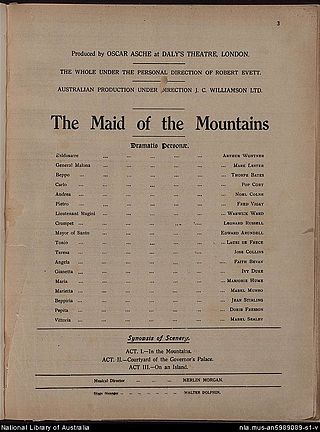
The Maid of the Mountains, called in its original score a musical play, is an operetta or "Edwardian" musical comedy in three acts. The music was by Harold Fraser-Simson, with additional music by James W. Tate, lyrics by Harry Graham and additional lyrics by Frank Clifford Harris and Valentine, and the book was written by Frederick Lonsdale, best known for his later society comedies such as On Approval. After an initial try-out at the Prince's Theatre in Manchester on 23 December 1916, the show was rewritten and opened at Daly's Theatre in London on 10 February 1917.

Collins & Harlan, the team of American singers Arthur Collins and Byron G. Harlan, formed a popular comic duo between 1903 and 1926. They sang ragtime standards as well as what were known as "coon songs" – music sung by white performers in a black dialect. Their material also employed many other stereotypes of the time including Irishmen and farmers. Rival recording artist Billy Murray nicknamed them "The Half-Ton Duo" as both men were rather overweight. Collins and Harlan produced many number one hits with recordings of minstrel songs such as "My Gal Irene", "I Know Dat I'll be Happy Til I Die", "Who Do You Love?" and "Down Among the Sugarcane". Their song "That Funny Jas Band from Dixieland", recorded November 8, 1916, is among the first recorded uses of the word "jas" which eventually evolved to "jass", and to the current spelling "jazz".

Lionel John Alexander Monckton was an English composer of musical theatre. He became Britain's most popular composer of Edwardian musical comedy in the early years of the 20th century.
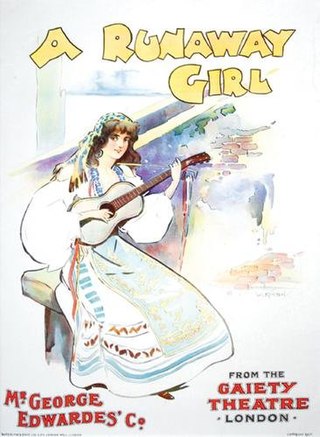
A Runaway Girl is an Edwardian musical comedy in two acts written in 1898 by Seymour Hicks and Harry Nicholls. The composer was Ivan Caryll, with additional music by Lionel Monckton and lyrics by Aubrey Hopwood and Harry Greenbank. It was produced by George Edwardes at the Gaiety Theatre, London, opening on 21 May 1898 and ran for a very successful 593 performances. It starred Hicks's wife, Ellaline Terriss and the comic actor Edmund Payne.

The Messenger Boy is a musical comedy in two acts by James T. Tanner and Alfred Murray, lyrics by Adrian Ross and Percy Greenbank, with music by Ivan Caryll and Lionel Monckton, with additional numbers by Paul Rubens. The story concerns a rascally financier who tries to discredit a rival in love; it takes place in London, Cairo and Paris.
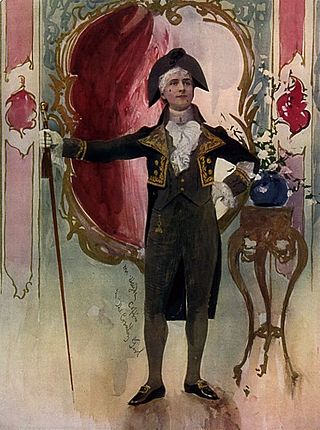
A Country Girl, or, Town and Country is a musical play in two acts by James T. Tanner, with lyrics by Adrian Ross, additional lyrics by Percy Greenbank, music by Lionel Monckton and additional songs by Paul Rubens.

The Boy is a musical comedy with a book by Fred Thompson and Percy Greenbank, music by Lionel Monckton and Howard Talbot and lyrics by Greenbank and Adrian Ross. The original production opened at the Adelphi Theatre in London in 1917 and ran for 801 performances – one of the longest runs of any musical theatre piece up to that time. It had successful foreign productions and tours.
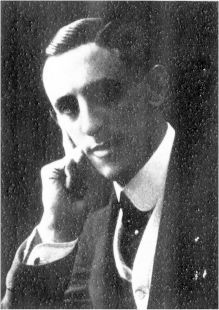
Paul Alfred Rubens was an English songwriter and librettist who wrote some of the most popular Edwardian musical comedies of the early twentieth century. He contributed to the success of dozens of musicals.
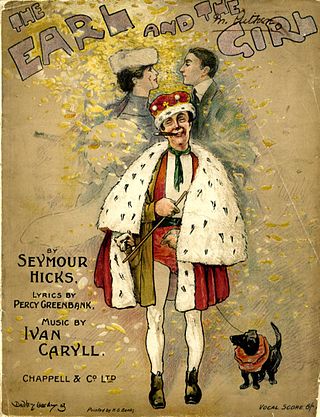
The Earl and the Girl is a musical comedy in two acts by Seymour Hicks, with lyrics by Percy Greenbank and music by Ivan Caryll. It was produced by William Greet and opened at the Adelphi Theatre in London on 10 December 1903. It transferred to the Lyric Theatre on 12 September 1904, running for a total of 371 performances. It also ran at the Casino Theatre in New York beginning on 4 November 1905 for 148 performances, starring Eddie Foy and W. H. Denny. A production toured Australia in 1906 and 1907. A revival in London in 1914 ran for a total of 107 performances, and there were later revivals and tours.


The School Girl is an Edwardian musical comedy, in two acts, composed by Leslie Stuart with a book by Henry Hamilton and Paul M. Potter, and lyrics by Charles H. Taylor and others. It concerns a French school girl from a convent, who goes to Paris to help her lovesick friend. Through mistaken identity, she learns secrets that help her at the Paris stock exchange and ends up at a students' ball in the Latin Quarter. All ends happily.
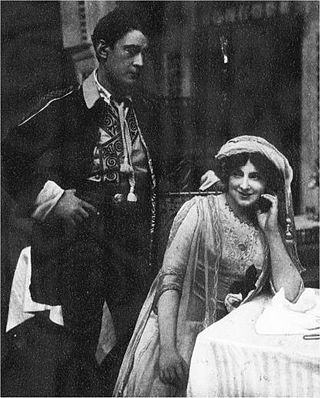
The Balkan Princess is a musical in three acts by Frederick Lonsdale and Frank Curzon, with lyrics by Paul Rubens and Arthur Wimperis, and music by Paul Rubens. It opened at London's Prince of Wales Theatre on 19 February 1910. The cast included Isabel Jay and Bertram Wallis. There was a successful Broadway run in 1911 that used a libretto by Leonard Liebling, and the show toured widely thereafter.

The Catch of the Season is an Edwardian musical comedy by Seymour Hicks and Cosmo Hamilton, with music by Herbert Haines and Evelyn Baker and lyrics by Charles H. Taylor, based on the fairy tale Cinderella. A debutante is engaged to a young aristocrat but loves a page.

Robert Evett was an English singer, actor, theatre manager and producer. He was best known as a leading man in Edwardian musical comedies and later managed the George Edwardes theatrical empire.

Betty is an Edwardian musical comedy in three acts, with a book by Frederick Lonsdale and Gladys Unger, music by Paul Rubens and Ernest Steffan, and lyrics by Adrian Ross and Rubens. It was first produced at the Prince's Theatre in Manchester, opening on December 24, 1914, then at Daly's Theatre in London, managed by George Edwardes, opening on April 24, 1915 and running for 391 performances. It also played at the Globe Theater in New York, opening on October 3, 1916. The show then enjoyed various tours and revivals. Gabrielle Ray joined the cast in 1915 as Estelle.

Edwardian musical comedy was a form of British musical theatre that extended beyond the reign of King Edward VII in both directions, beginning in the early 1890s, when the Gilbert and Sullivan operas' dominance had ended, until the rise of the American musicals by Jerome Kern, Rodgers and Hart, George Gershwin and Cole Porter following the First World War.
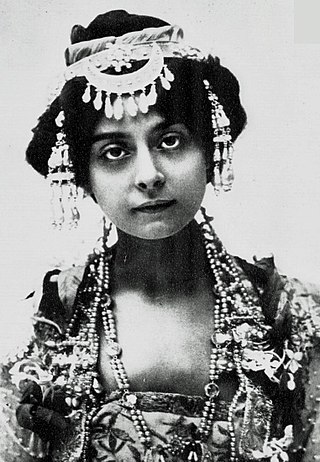
The Blue Moon is an Edwardian musical comedy with music composed by Howard Talbot and Paul Rubens, lyrics by Percy Greenbank and Rubens and a book by Harold Ellis and by Alexander M. Thompson. It is set in India during the days of the British Raj, and concerns the love of a singing girl for a young British army officer.
This is a summary of 1915 in music in the United Kingdom.
This is a summary of 1916 in music in the United Kingdom.

Winifred "Betty" Barnes was an English actress and singer known for roles in Edwardian musical comedy and operetta, creating the title role in Betty, among others. After 15 years on the stage, she retired upon her marriage in 1924.



















